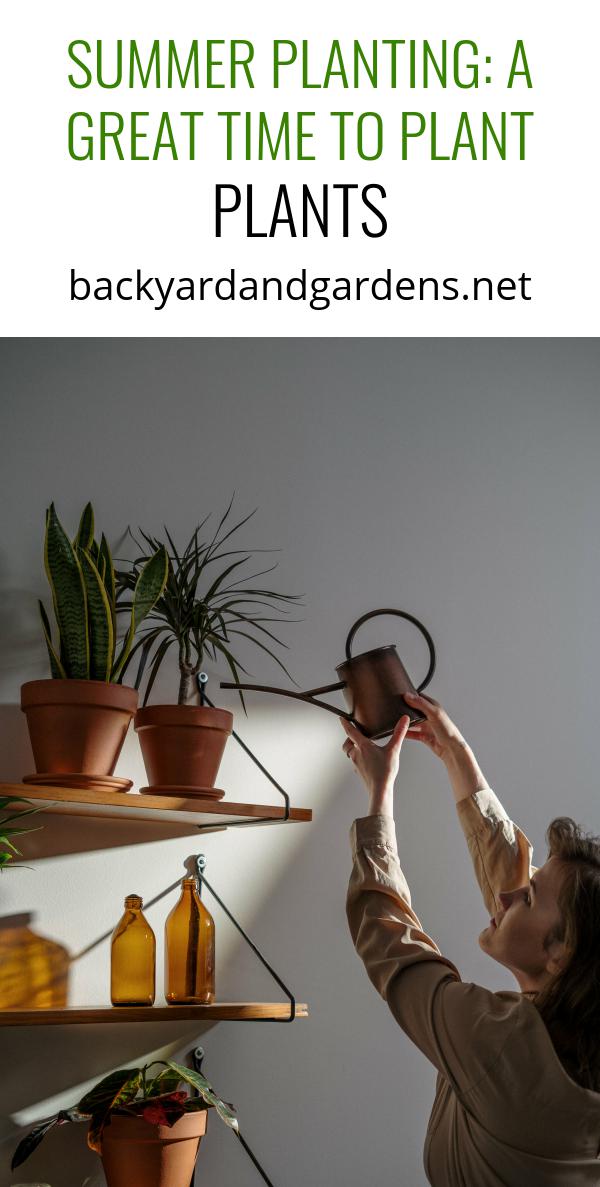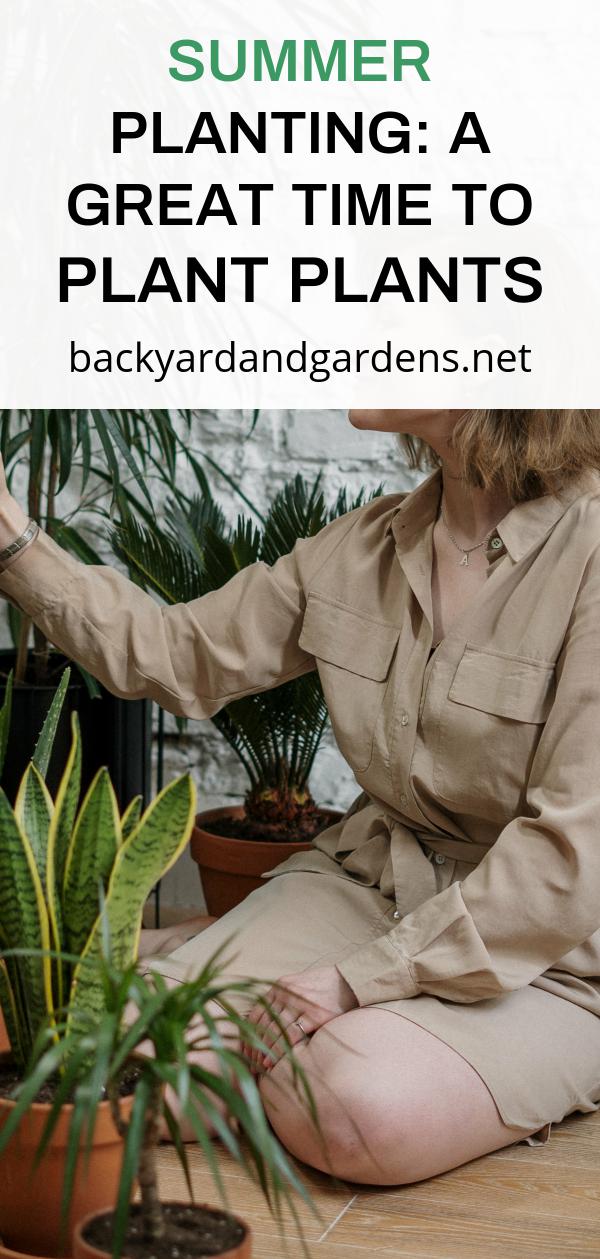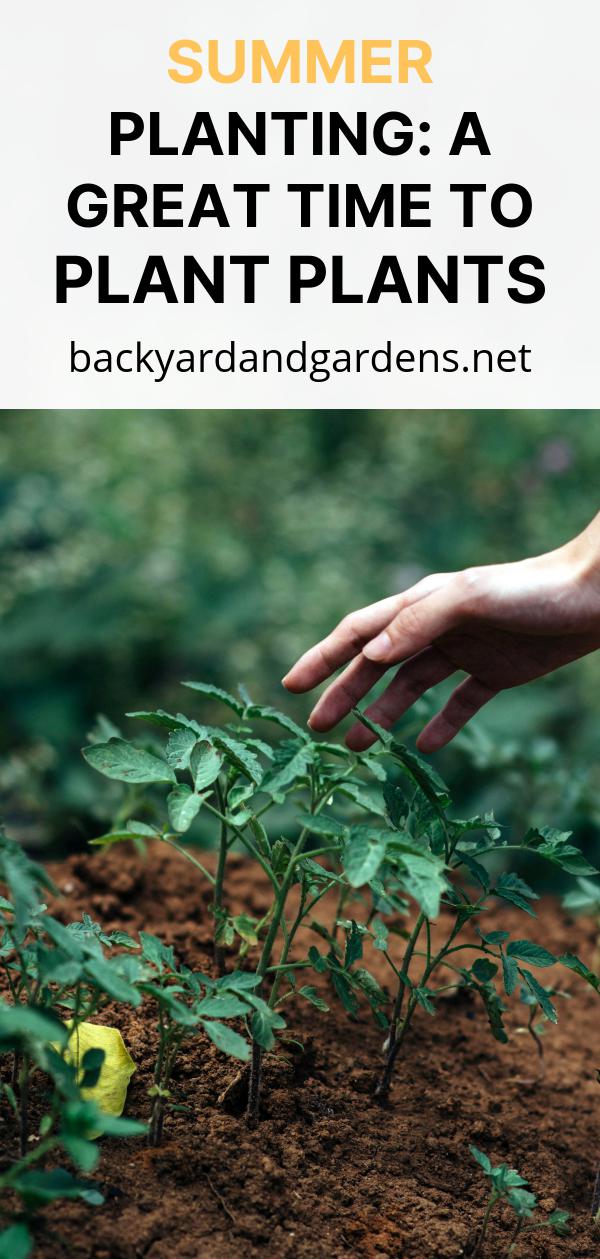Summer Planting: A Great Time To Plant Plants
Planting trees, shrubs, and flower gardens in the summer is a great way to enjoy the beautiful weather. However, as with any gardening project, you need to follow some basic rules to ensure that your plants will thrive. Below are some simple guidelines for ensuring that your trees, shrubs, and flowers will be able to survive the summer months.
When planting outside, the best time to do so is spring or summer. Planting trees and shrubs during the winter is not going to provide you with the type of growth that you desire. Growing your trees, shrubs, and flowers when they are dormant in growth is not good for your plants. Therefore, you should plant trees, shrubs, and flowers in the spring or summer, or at least hold off until after their dormancy period has passed.

Many people like to plant their trees, shrubs, and flowers in early spring. While this can be a great idea, you also need to consider the time of year that your plants will be planted, as well as the location. For example, if you have a deck, this is probably the time to plant your trees, shrubs, and flowers as well.
Because these plants require a lot of watering, it is important to purchase a quality plant fertilizer. Before you purchase your fertilizer, it is a good idea to find out what kind of soil your plants are being grown in. Then, you can find out how much fertilizer you will need to use on the plants to ensure that they receive the correct quantity of water and nutrients that they need.
In order to give potted plants the proper amount of water and to avoid root rot, it is important to change the soil regularly. Planting trees, shrubs, and flowers that would receive heavy rainfall in their native area will need more frequent watering than those that receive little or no rainfall. If your plants are planted in the ground, you can easily perform regular watering.
The good news is that even though many plants need a lot of care, there are some that don’t. For example, many perennials, annuals, and biennials will actually do very well in containers. This is especially true if you use potted plants, which you can easily buy at many gardening stores or online.
If you are looking to grow natives or naturally grown plants, then you need to make sure that you follow the growing instructions for each one. Before you plant your natives, you should consult a professional nursery to find out the growing requirements for each species. This way, you will be able to make sure that your plants receive the proper amounts of sunlight and nutrients that they need to thrive.
When you plant in containers, the biggest mistake that you can make is to plant too high. This is because when you plant a plant in containers, it can take quite a while to reach its full height. You should start your container plants from the bottom and work your way up so that you reach the top before the container becomes too tall.
The number of containers that you plant each year is also a factor to consider. It is not a good idea to plant one container each year and then move them to another container every two years. This will not only cause your plants to become root bound, but it will also require you to repot your plants when they reach the bottom of the container every two years.

It is best to use potting compost, which can be purchased at your local garden store, as your ground soil. However, you must be careful when you use this type of compost because it is very porous. When using it as your soil, you should use a special soil mix or potting soil that is specifically designed for use with potting mixes.
Summer planting is a great time to plant plants that require a lot of attention such as perennials, biennials, and natives. These types of plants can easily be grown in containers, which can save you time and allow you to grow more beautiful plants in less time.
